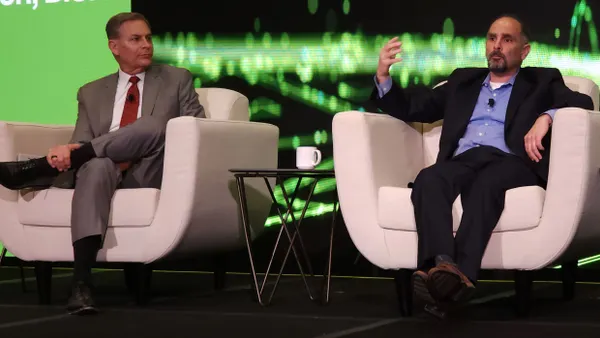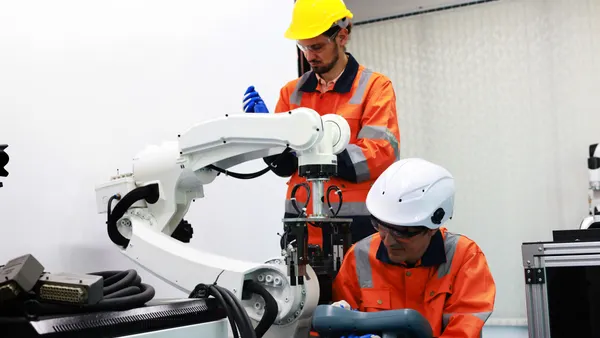Vital signs are strong today in the construction industry, but that doesn’t mean things are easy or success is guaranteed. Project owners demand faster builds; skilled trade resources are increasingly scarce; cash flow requirements have intensified; and costs – both real and reputational – mount for delays. These factors and more exert considerable pressure on already narrow margins.
To ensure successful project and business outcomes today, stakeholders at every level – from the C-suite to the job site – require unprecedented levels of coordination, control, consistency, and compliance. The combined power of Lean Construction and Critical Path Method (CPM) empowers organizations to deliver on each of these requirements.
A Divided Front
Firms today seek solutions to help them more consistently deliver projects on-time and within, or under, budget to optimize customer satisfaction and margin potential. The urgency for change becomes apparent when one considers that approximately 70% of projects come in over budget and are delivered late.
Lean methodologies increasingly factor into the construction management mix, and for good reason ‒ they focus on optimizing value with fewer resources and can save an average of 10% on total project cost, according to the Lean Construction Institute. Simply embracing Lean, however, does not guarantee these impressive results. Firms need to effectively implement the approach. However, tools are scarce and those that exist often require considerable manual effort and support only portions of the Lean methodology.
With the rise of Lean in construction, we’ve also seen many in the industry adopt an either/or approach to construction management methodologies – aligning with either the CPM camp or the Lean Construction contingent. Both approaches are gold standards with impressive track records. Limiting adoption to either CPM or Lean inherently means that organizations are leaving important opportunities for improving performance on the table.
Time to Unite
Firms focused on integrating Lean and CPM have struggled to bridge the coordination, commitment, and community gap between project teams and the enterprise. ;The key is digitizing and simplifying Lean to optimize its impact while providing a unified platform where Lean and CPM can coexist, thrive, complement each other – and deliver compounded benefits.
Traditionally, Lean methodologies have largely relied on manual activities – like using Post-it Notes to populate a planning board. While this system has proven effective for charting and managing specific tasks at the job site, these manual processes and tools prohibit integration and coordination across the entire team – including the enterprise and remote stakeholders. This disconnect among team members can lead to overdue tasks, among other schedule variables, that can have a considerable negative impact on the master schedule.
In recent years, the industry has seen the introduction of standalone point systems designed to automate parts of the commitment and task management processes. While these systems bring new levels of efficiency to site-based Lean processes, they lack integration to enterprise CPM platforms. As a result, firms continue to struggle with communicating accurate task status information to the enterprise project management system in a timely manner.
Chart Your Journey
What steps can organizations take to effectively unite CPM and Lean to optimize business and project outcomes? The process begins by focusing on understanding and bridging the coordination, commitment, and community gap between project teams and enterprise.
Important priorities include:
- Enabling visibility of critical project and task data from sub-task through enterprise view
- Placing the right coordination tools in the hands of the right stakeholder to eliminate costly re-work, drive accountability, and reduce risk
- Driving performance down to the worksite based on commitments of field disciplines
- Aligning stakeholder incentives with shared knowledge and common goals to drive community engagement and successful business outcomes
- Allowing the field to work the way they want while providing the enterprise visibility that the home office requires
- Reducing the need for larger, complex master schedules that were never intended to micro-manage the level of detail required for field execution teams
- Supporting and facilitating high-frequency collaboration – at and between the back office, front office, and job site
Technology also plays an important role in bridging the two project management approaches. A unified platform for engineering and construction projects, programs, and enterprises can create a strong foundation for success. Such a platform should enable team members to manage the project and schedules from end to end – including:
- Creating and defining project phases with a work breakdown structure
- Identifying the duration of specific activities and the relationships between them
- Breaking down activities into smaller tasks and committing to due dates
- Logging completed tasks
- Monitoring performance
To learn how Oracle can help you harness the exponential power of a blended approach, check out this video or watch our in-depth webcast.









